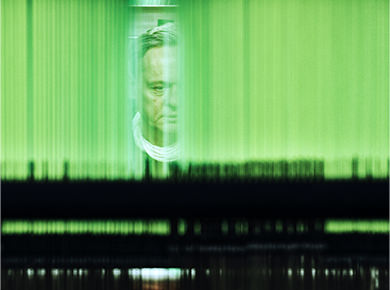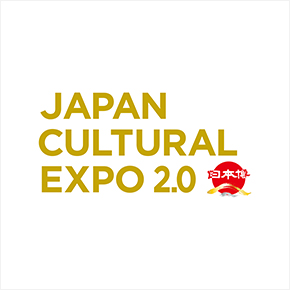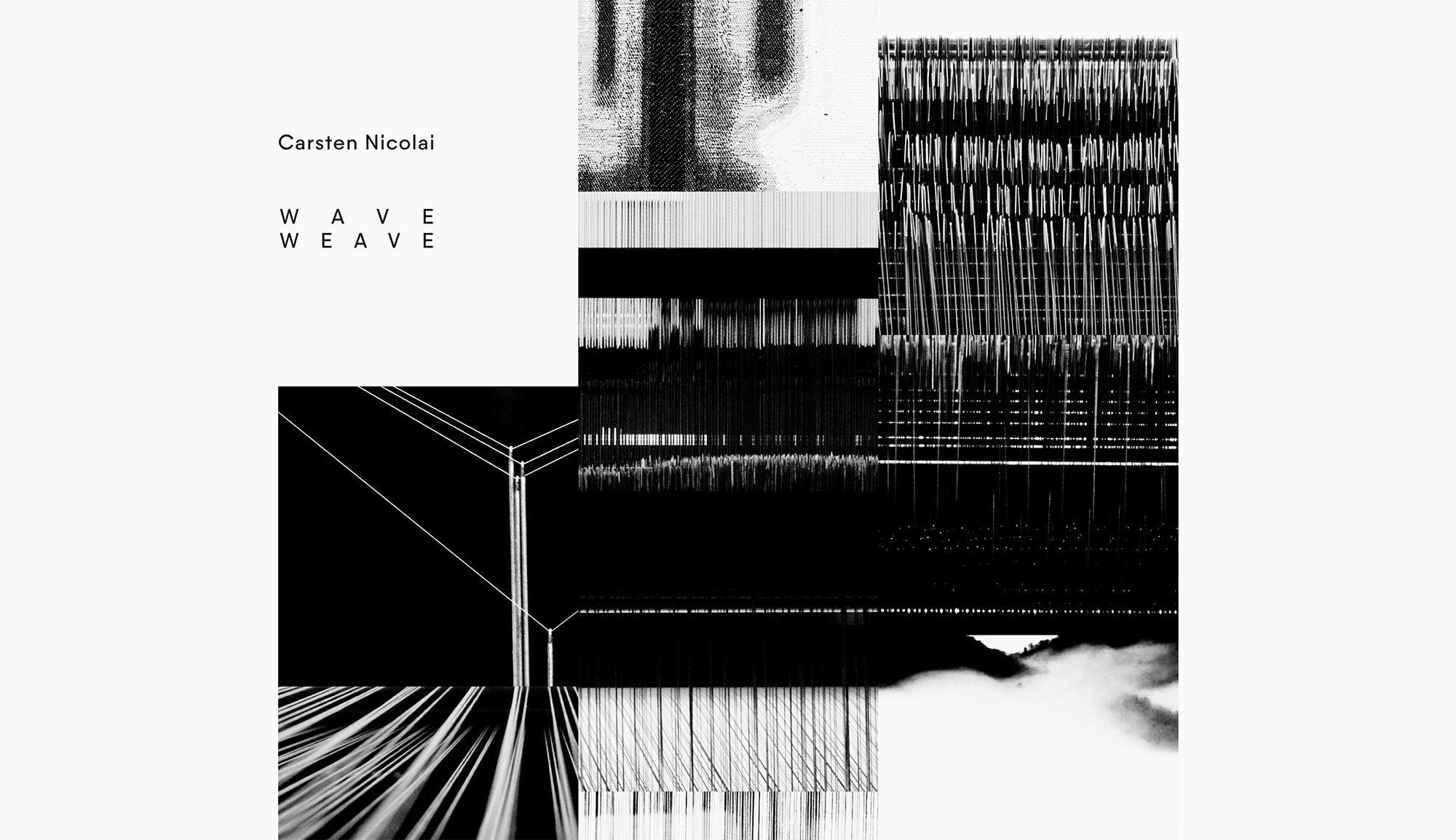CURRENT
WAVE WEAVE: Fusion of Sound and Textile
[World Premiere]
- Dates
- 13 November 2025 – 8 March 2026
- Hours
- 10:30–18:00
(Admissions close 15 minutes prior to closing time)
Closed on public holidays.
- Admission
- Free
- Venue
- HOSOO GALLERY
(HOSOO FLAGSHIP STORE 2F, 412 Kakimoto-cho Nakagyo-ku Kyoto)
- Tel
- +81 75 221 8888
Engaged in innovative textile production since its foundation in 1688 in Kyoto’s Nishijin district, Hosoo is pleased to present its new installation WAVE WEAVE, created in collaboration with internationally acclaimed artist Carsten Nicolai. This exhibition unfolds in two interwoven works: the film WAVE WEAVE and the textile work SONO OBI.
Carsten Nicolai (born 1965 in Karl-Marx-Stadt, Germany; now Chemnitz) is celebrated widely not only as a visual artist but also as an electronic musician under the name of Alva Noto, notably for his numerous collaborations with the late Japanese composer Sakamoto Ryuichi. Born and raised in the epicenter of the textile industry in the former East Germany, Nicolai has long held a deep fascination for weaving techniques and their origins, as evidenced by his collection of over 1,000 textile patterns from the 1940s to 1960s.
Nishijin-ori, silk textile initially developed for the elite, is renowned for its unparalleled degree of precision and extensive range of techniques. In the early 19th century, the advent of the automated loom, conceived by Joseph Marie Jacquard, marked a significant transformation in textile manufacturing. His innovation, which supplanted the traditional hand-operated looms, ushered in an era of unprecedented advancement, facilitating the production of intricate patterns with remarkable sophistication. During the Meiji period, artisans in Nishijin brought the new loom from Lyon, catalyzing technical progress ahead of other prominent centers of textile production in Japan.
Jacquard’s mechanism, which employed punch cards to mechanically control warp threads in accordance with pattern designs, established the groundwork for computer technology. This is why textiles are sometimes referred to as the progenitor of digital media. Hosoo is currently engaged in research and development activities aimed at exploring the potential for technological innovation through the digitalization of the twenty or more steps required for manufacturing a Nishijin-ori textile. Drawing attention to the fusion of traditional techniques and modern Western technology in Nishijin-ori, Nicolai states: “The loom is a symbol of cosmic creation and the structure upon which individual destinies are woven. In many cultures it is also common for time itself to be woven.” His groundbreaking new work draws heavily from the notion that textiles serve as a medium that incorporates time.
The exhibition consists of the following two works.
WAVE WEAVE (2025)
This short video work centers on Hosoo’s textile workshop and its looms. Under Nicolai’s own direction, it was shot and edited with the utmost precision, with an original, synchronized electronic soundtrack. This abstract imagery, composed of music and video, captures the textile production process through the mechanism of the loom, revealing the algorithms and temporality embedded in textiles. By presenting the actual scene where fabrics and their materials are generated, it creates a poetic and serene world of visual and auditory repetition and difference. This audio-visual installation draws upon the full spectrum of Hosoo’s textile technology expertise.
SONO OBI (2025)
This work was created by converting electronic music into sonograms (so-called echo images obtained through ultrasound) and constructing them into a textile. In principle, this process can represent music visually, with the possibility for the resulting fabric to be converted back into sound. In essence, the fabric functions as an analog recording medium for the musical performance, enabling the replay at a later time. Through this unique interpretation of musical notation, SONO OBI integrates the inherent texture of sound, distinguishing itself from conventional scores that prioritize melody and structure and opening up a new horizon for musical expression.
This exhibition presents a novel form of musical expression that transcends multiple senses—visual, auditory, tactile, and more—by organically integrating electronic music with physical textiles. Oscillating between tradition and innovation, the two new installations thus generated will serve as a foundation for reimagining textile culture through contemporary art and technology. This exhibition, facilitated by the confluence of Hosoo, an inheritor and innovator of Nishijin-ori tradition spanning over three centuries, and Carsten Nicolai, a tireless explorer of the sound and textile mediums, opens up a forum for innovation where the past and future intersect, fostering mutual stimulation through music and craft—two activities that embody the fundamental forms of human creativity.
ARTIST MESSAGE
Working with Hosoo has been a truly inspiring experience. Encountering such a long-standing textile tradition, combined with the team’s openness to exploring new artistic ideas, created a unique foundation for collaboration.
I have been fascinated by textiles and textile technologies for a long time, not least because the history of my birthplace, Chemnitz, is deeply connected with weaving. Bringing this lifelong interest into dialogue with Hosoo’s mastery felt both natural and rewarding.
With WAVE WEAVE and SONO OBI we created works that are not only about weaving, but also about perception, sound, and the translation of immaterial structures into tangible form. I hope this collaboration continues to grow and that our work may serve as a bridge between tradition and innovation, craft and technology, and ultimately, between people.
Carsten Nicolai
PROFILE

Carsten Nicolai
b. 1965, Karl-Marx-Stadt, Germany. Since 2015 Professor of Digital and Time-Based Media at Dresden University of Fine Arts.
Carsten Nicolai is a Berlin-based artist and composer whose work bridges visual art, science, and sound. Drawing on mathematical systems, error, and self-organisation, he expands the boundaries between artistic genres. His work has been presented at “documenta X” (1997), the “Venice Biennale” (2001, 2003), and in major solo exhibitions at Schirn Kunsthalle Frankfurt, Neue Nationalgalerie Berlin and Haus der Kunst München. Under the pseudonym Alva Noto, he is a leading figure in electronic music, performing worldwide and collaborating with artists including Ryuichi Sakamoto, with whom he composed the Golden Globe–nominated score for The Revenant.
Organized by HOSOO COLLECTIVE Co., Ltd.
Cooperated by Studio Carsten Nicolai, Galerie EIGEN+ART Leipzig/Berlin
Guest Curator: Kazunao Abe
Exhibition Supervisor: Kumiko Idaka
Direction: Masataka Hosoo
Promotional Design: Akihiro Morita
Project Management: Rina Watanabe
Japan Arts Council
Agency for Cultural Affairs, Government of Japan
Japan Cultural Expo 2.0Japan Cultural Expo 2.0


